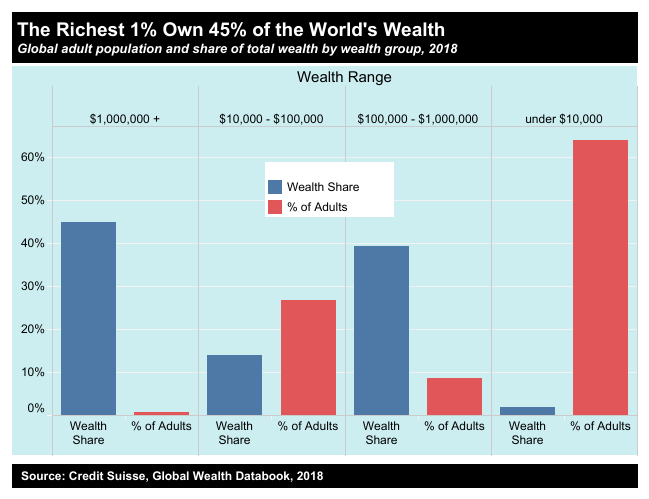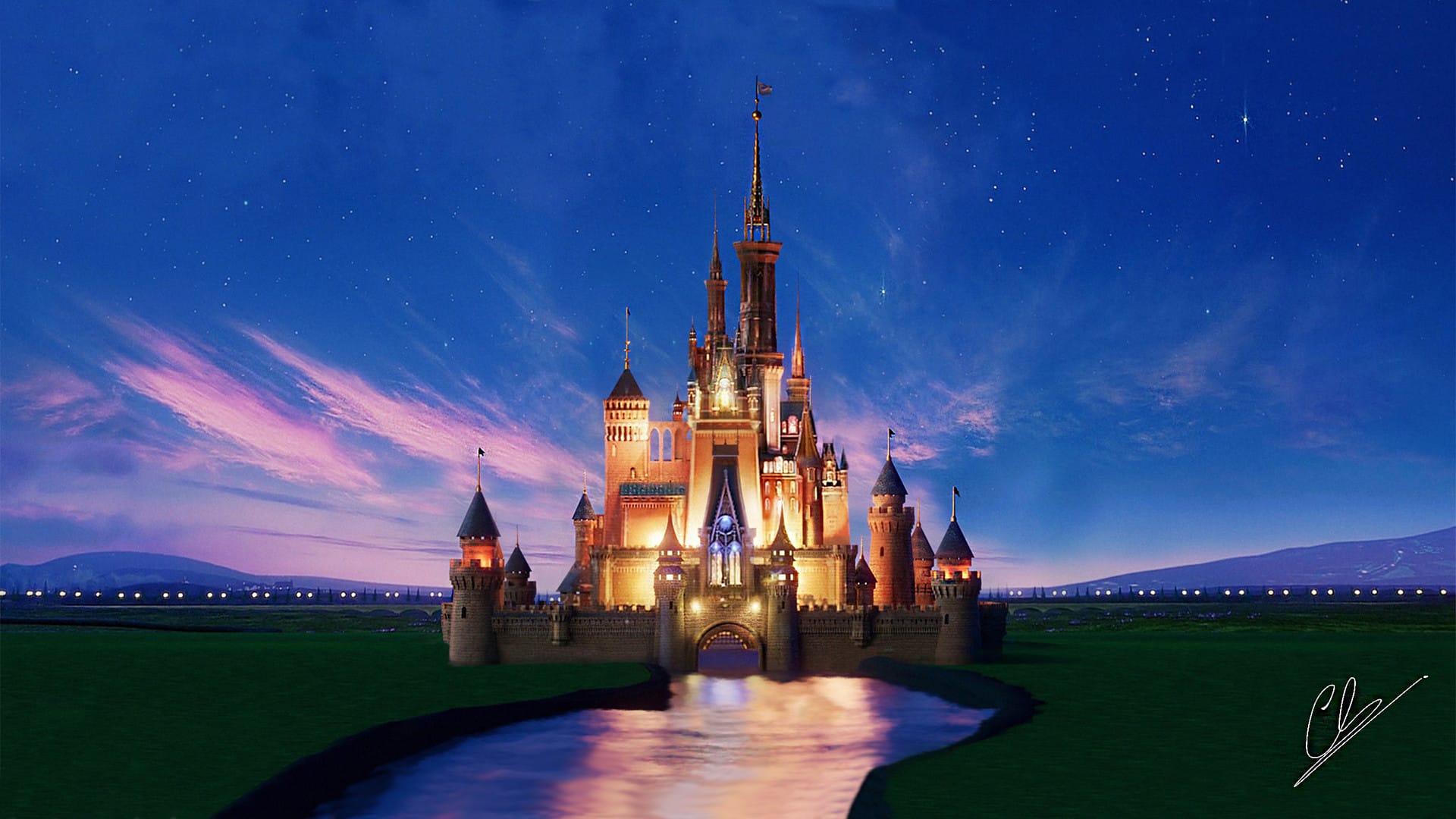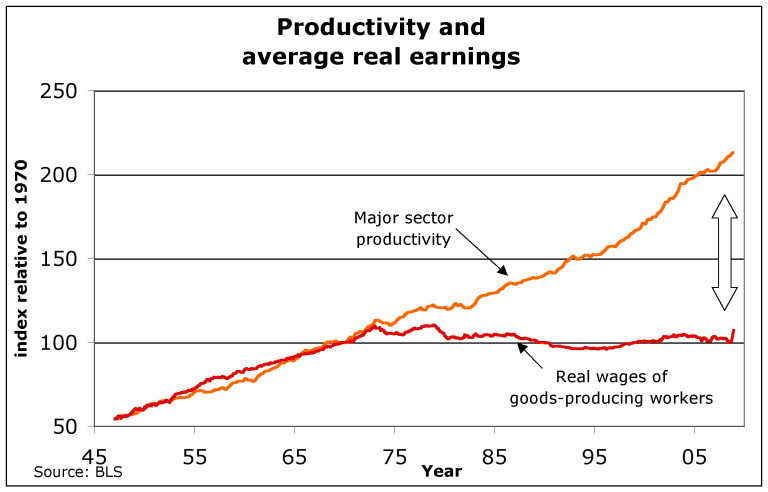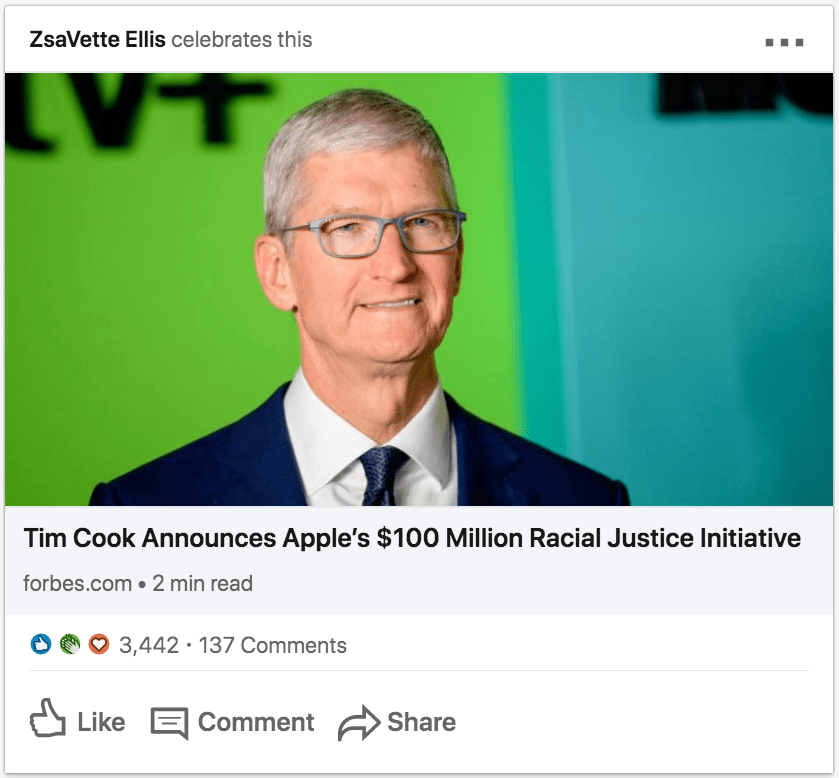How Different Was Slavery from the Feudal System?
Executive Summary
- Slavery is considered an abomination in European-based countries.
- However, at the same time, the feudal system is glamorized in popular media. How different were these systems?

Introduction
One can learn a lot about images of slavery, but it does not seem to be something we have done an excellent job of learning. And that is when people are given absolute control over others, bad things nearly always happen.
See our references for this article and other related articles at this link.

If humans had changed so much from when slavery was far more prominent, why does income inequality look the way that it does? Does the top 1% of the world’s population produce 45% of the world’s economic output?
This could be used as an argument to reduce income inequality and to reduce the power of large multinational corporations. However, this also tends not to happen. One of the problems with effectively doing this is through the interpretation that slavery was a “one-off” occurrence, and the people aren’t like that anymore.
Further on in this article, we will cover why this is such a dysfunctional assumption.
Many movies are based around royalty. The lives of ordinary people are far less frequently the topic of the film. However, Monarchs had absolute power over their subjects, and in Europe, they functioned under a Feudal system, where the serfs were tied to the land and the nobility system. They were better than slaves, but not significantly better.

Walt Disney has spent decades and many films building up stories around the benefits of the nobility system. The same people who will talk about the despicable nature of slavery will enjoy a Disney movie about princesses and princes.
What do these people think about how nobility treated the serfs? What happens to Disney movies if it is brought up that Cinderella and Elsa owned what labor was tied to the land and were, if not, sales very close to slaves?

Upon touring the Palace of Versailles, I noted several “ooohs” and “aaaahs.” However, what was undiscussed on tour was the living conditions of the serfs around the Palace or the working conditions of the laborers. How many of these smartly dressed people consider slavery an abomination? Conversely, how many of them think about income equality and the treatment of workers who build the Palace they enjoy?
A System That Required Royal Tasters?
Disney loves promoting the monarchial system in its movies; however, why did so many royalty members need to employ royal tasters who tested food for poison? What type of system has a substantial number of the non-royalty to poison the royalty? In the US the media can’t stop talking about democracy, however, in movies royalty is constantly promoted.
This historical explanation of feudalism depends upon an oversupply of labor. With the combination of factors listed above, we are recreating the conditions of feudalism.
Late-stage capitalism has now reached a new feudal state. This means that most of the population in the developed world is headed to the social structure of the third world.
Capitalism did not “break the wheel” of bondage and was described as the goal of Daenerys Targaryen in Game of Thrones.
Capitalism: A 26 Year Golden Period

After 1973, the elites in the US took all of the productivity improvements for themselves. At this point, wages stopped growing, even though productivity continued to rise. This is as of 2020, 47 years ago. However, capitalism’s “Golden Period” in the US was only from around 1946 to 1973. That is 26 years. Before this time was the WW2, a period of austerity. Before this was the Great Depression. The 1920s were characterized by great income inequality and overstimulation of the economy by the newly created Federal Reserve.
Proponents of capitalism have been leveraging a comparatively short period to gain buy-in, and to forestall critical analysis of the system.
The Golden Period of Capitalism
During a comparatively short period of time, it provided equitable gains to workers, but the longer capitalism has gone on, the more like the previous systems that it claimed it was superior to it has become. However, this “Golden Period” was a time when the war enormously damaged Europe, and the US became the world’s dominant manufacturing country.
An Increasingly Fragile Economic System
In this video, Economist Richard Wolff explains the fragility of the current capitalist system. He points to the dot.com bubble and burst, the subprime mortgage bubble and burst, and now the Coronavirus economic bust.
Wolff mentions that a capitalist system made the US and many other countries susceptible to a pandemic because the profit motive reduced the incentive to have sufficient protective materials to deal with the pandemic.
The history of not regulating banking is a series of crashes. Elizabeth Warren, a banking and credit professor before becoming a senator, explains this in this speech.
It shows the constant pressure by the industry to roll back regulations that have been proven to protect the system.
Striking Back Against Workers
The US and Western Europe have been importing large numbers of workers from desperate conditions in borderline slave systems like Mexico and India. This has placed further pressure on wages, and while improving life for the new immigrants, it has come at the cost of significantly suppressing the wages of those already living in these countries.
The Russian Revolution and Migration from Serfdom to Communism
Russia transitioned from serfdom, but instead of capitalism, they moved to communism, which was proposed as a mechanism of liberating the serfs from their condition.
This video explains something generally unknown — that Lenin thought “the revolution” could not take place in the Soviet Union but had to take place in Germany. As soon as Lenin took power, along with a co-0pted Trotsky, as soon as in power, he set about undermining and eliminating worker councils. A question that goes unanswered is how a communist society could have been so profoundly anti-worker.
Like capitalism, communism in the Soviet Union became another elitist political and economic system. Taken over by a more conservative faction of the communists, led by Lenin, Soviet communism further devolved into totalitarianism with the rise of Stalin. Soviet communism kept all of the “PR” of being about workers but met none of the actual promises of communism.
Comparing and Contrasting the Differences Between Slaves and Serfs
This video describes serfs as slaves who could not be moved from their land. However, it states that serfs were able to engage in legal contracts, as slaves could not.
Some important distinctions.
- American slaves were better off than medieval serfs from a nutritional perspective. (Although slaves in Brazil were in many cases worked to death and were worse off nutritionally).
- Serfs were freer to associate with other serfs than were slaves freely.
- Something little discussed is that serfs were roughly 90% of medieval European societies. This means that in most societies, there was a higher percentage of serfs than those enslaved. Thus on average, serfdom was less equitable on average, with a lower percentage of the population having rights than most slave societies.
Why We Continue to Use Terms from Monarchial Systems
What tends to go without discussion is the use of everyday terms based on monarchial systems.
For example, calling people “sir” comes from addressing knights. It’s very odd how this would trickle down into everyday usage. So is ma’am, which is short for Madam. This reminds me of how we use the term “gentlemen.” This is a “gentleman,” a man of the court, instead of a commoner. It represents a perfumed member of the nobility who wears a wig, knows all the court dances, and settles disagreements with a sword in duels to defend his “honor.” How these terms transitioned to describe the non-elites non-nobility is extremely odd.
It comes down to whether we accept or reject nobility. If you accept nobility, you accept titles handed down by birth, massive income inequality, 5-year-old kings, anti-meritocracy etc.. So, if we know how horrendous the history of nobility is, we should reject nobility (the argument lost by Hamilton at the constitutional convention as he argued for titles in the US). It means we should reject terminology that is based upon nobility.
The term “noblesse oblige,” “chivalry,” and similar are all monarchal terms. And we have them embedded in our language. Noblesse oblige the obligation of the nobility to his downtrodden feudal serfs, who would not be downtrodden if he paid them a living wage in the first place.
Well, if we take Noblesse Oblige, it comes from there being nobility in the first place. Let’s not have the nobility, then we don’t have to have Noblesse Oblige. I get the feeling Noblesse Oblige is like Bill Gates being a philanthropist. With all of the noblesse obligations, the serfs still lived very badly.
So you don’t see a problem with these terms. I do, but I see a bigger problem if we don’t know their origin. A gentleman is a person who does not work, and he has what amounts to several slaves or serfs working for him. He is not a gentleman to his serfs; he is a gentleman to other members of the nobility. The nobles use the term to speak of each other. It includes obsequiousness and flattery of other elites. Is this a legitimate expectation of people that a) do not have a gaggle of slaves are not spending most of their time lounging in French couches?
How Capitalism Took Credit for the Energy Produced by Fossil Fuels
As we cover in the article, Why Oil is more Important than Capitalism, a big thing that capitalism did was take credit for the use of fossil fuels. Capitalists will propose that the current economies are in the state that they are or as developed as they are because of capitalism, entirely leaving out the exploitation of the one-time resource of oil specifically, but fossil fuels generally.
This has been an important misdirection on the part of conservative thinkers, who are those think tanks paid by big money interests. This is because it allows them to make it appear as if their unequal capitalist system is the primary driver of improving human conditions — when much of the improvement is related to increased energy consumption. For example, imagine a modern capitalist system where petroleum and petrochemicals are removed.
This capitalist system has also led to a completely unsustainable model, where public transportation and public rail have been secondary to the profit maximization potential of giving everyone their own highly wasteful automobile. It meant taking manufacturing and placing it globally so that Western countries could leverage off of slave labor. That is in the undeveloped countries or the developing countries.
However, this is highly dependent upon fossil fuels. Specifically, container ships are operated in an unregulated fashion, using flags of convenience and burning the most polluting, patrolling petroleum product that exists called bunker fuel; the pollution that comes from these vessels that move products from countries like China to countries like the US and countries in Europe and Australia maximize pollution, minimize wages, both depressing the wages in the developed countries and while increasing wages in developing countries like China does not make up for the loss of wages in the developed countries. These companies have performed these activities and designed this system because they do not care about sustainability. They do not care about the environment.
Conclusion
Considering how close serfdom is to slavery, it is very odd that slavery is held in such low regard, and serfdom is little critiqued. Both the fetishization of US slavery (as if slavery only ever existed in the US, and was only whites owning blacks – rather than a universal feature of human civilizations), combined with the lack of analysis of the reality of serfdom, has created a misconception that societies have been far more equitable than they have been in reality.
Interpreting Serfdom and Slavery and Two Entirely Different Systems
People generally do not connect slavery to royalty or feudal systems. However, they should. Understanding slavery and serfdom is critical to understanding capitalism.
Slavery in some areas, such as in Brazil, was much worse than the treatment of serfs in Europe. In other places such as Qatar, Indian workers are not classified as slaves and are treated worse than serfs under the European feudal system. Globally, much of the world’s population exists in a space between serfdom and slavery. What elite-aligned media, which constitutes most media, seeks to impose on the population is a view that slavery is a condition of a bygone era and has nothing to do with the present-day experiences of workers. Media entities that critique slavery will praise Wal-Mart for their earnings (based upon exploited labor that has to rely on public assistance, as we cover in the article Why Did Wal Mart Fail in Germany?). Apple and Nike, for example, can outsource all of its manufacturing to slavery manufacturing in Asia and continue to be praised.

Those that oppose slavery conditions should be unconcerned with Apple’s outsourcing of manufacturing to China. After all, Apple supports Black Lives Matter and “racial justice.”
9 Out of 10 Elites Prefer Slavery and Serfdom to a Middle Class
Slavery, serfdom/feudalism is the natural preference of elites. Even when elites, such as in the Gulf countries, or in the Congo, or Equitorial Guinea, fall backward into enormous wealth that they had nothing to do with creating, elites still prefer slavery versus sharing that wealth with others in their own country.
The elites design systems that pretend to offer the great majority of the population a substantial stake in the benefits of society.